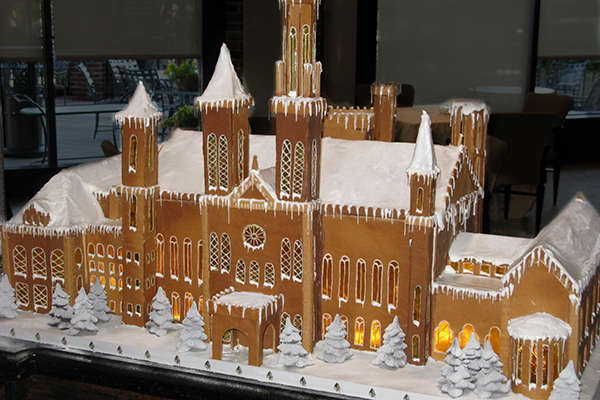College Has Inferiority Complex
…Can’t Take The Hard Knocks
Several years ago, the College’s main building was rated at less than 20% of the NBS (new building standard) for earthquake strength, significantly worse than the bare minimum of 34% required to avoid a classification of “earthquake prone”. John Patrick, chief operating officer of the University of Otago, has said that unless the College is strengthened to 67% of NBS, then it should not be inhabited by students. To this end, the University is considering lending money to the project.
This is unwelcome news for the College’s 220 current residents and those who are a part of the its 103 years of history. As such, Kernohan is confident that the “chances are good” that the money can be raised in time. For Kernohan, this has involved discussions with church-connected parties to secure low-interest loans. However, he did confirm that “the commission believes that unless the earthquake strengthening work is done then Knox shouldn’t be used,” and that if the College closed, it “might not reopen.”
$5 million of the funding would be used to expand the number of residents at Knox College and Salmond College (also owned by the Presbyterian church) by a further 68 rooms in total, enabling them to pay off the loans over time. An elevator would also be installed in the main building, retaining as “much of the historic character of the place as possible.”
Not straying far from the headlines this week, Knox is also looking to expand the number of secondary schools from which it accepts residents. This follows the publication of figures in the annual Knoxonian magazine, which show that 40.5% of residents over the past six years came from only 14 different secondary schools. Of these schools, 12 were rated Decile 10 and seven were private, raising concerns that residents have been unable to meet “a range of new friends” over this time, according to Dr. Kernohan. It remains to be seen how residents will treat these commoners invading their already shaky territory.




